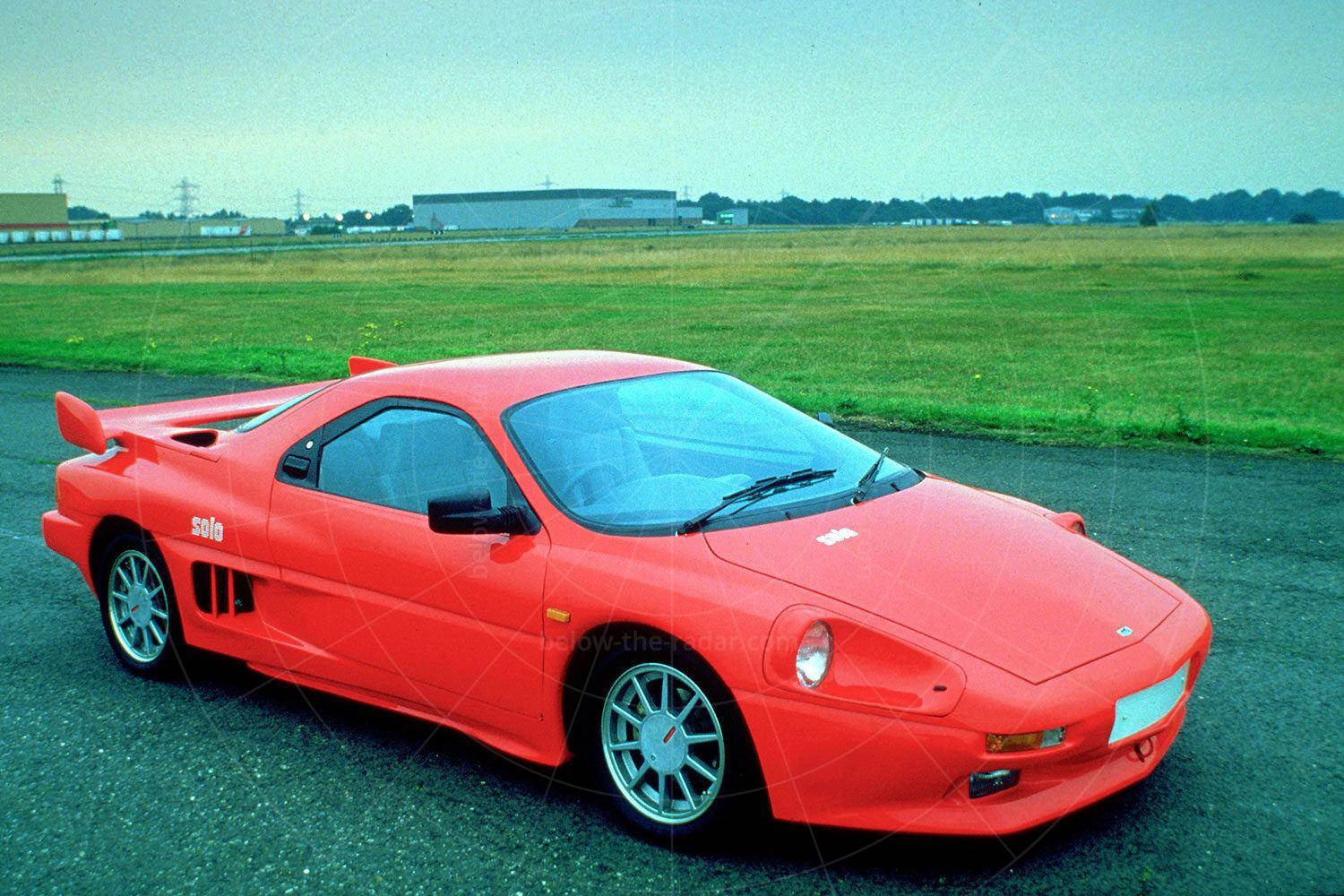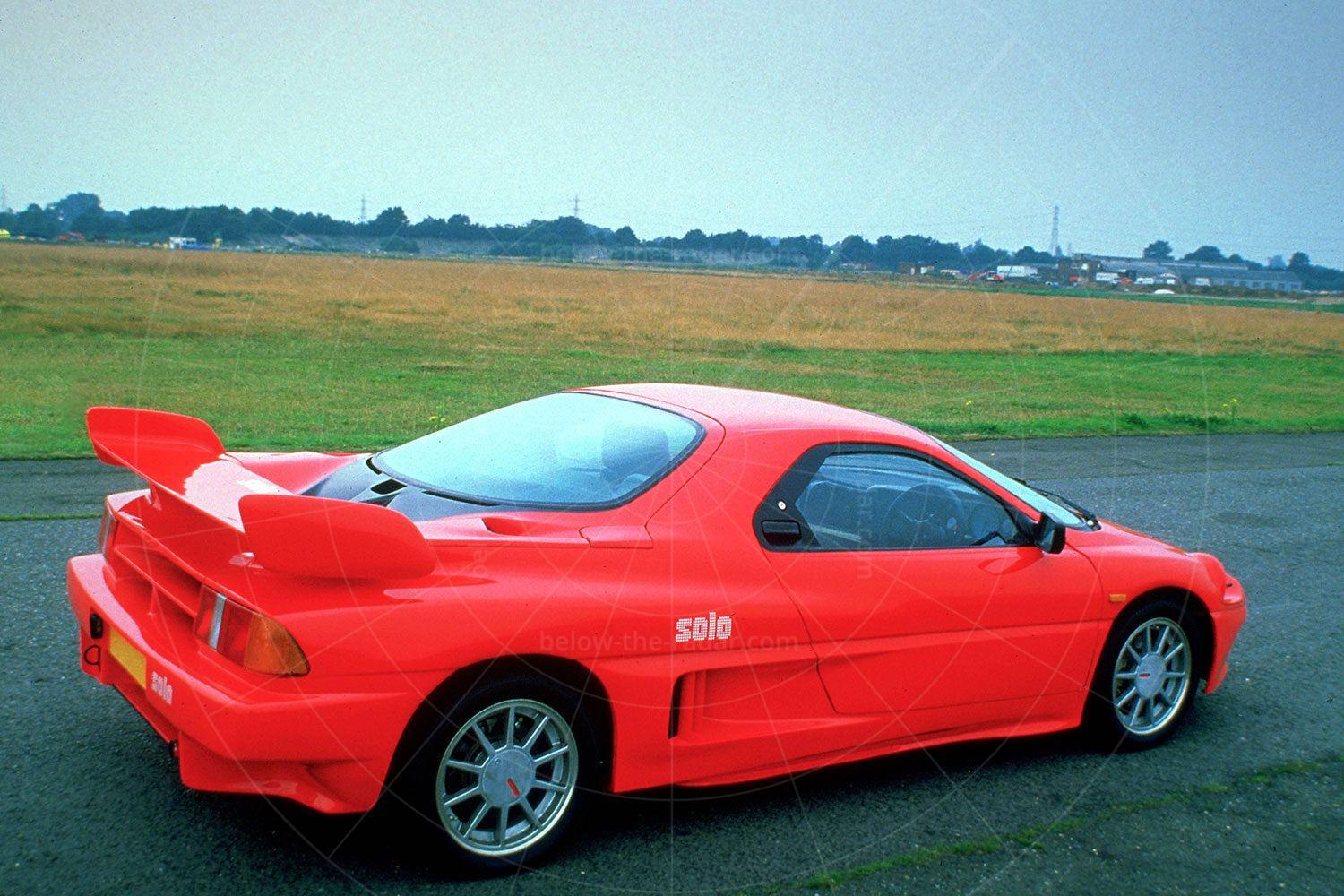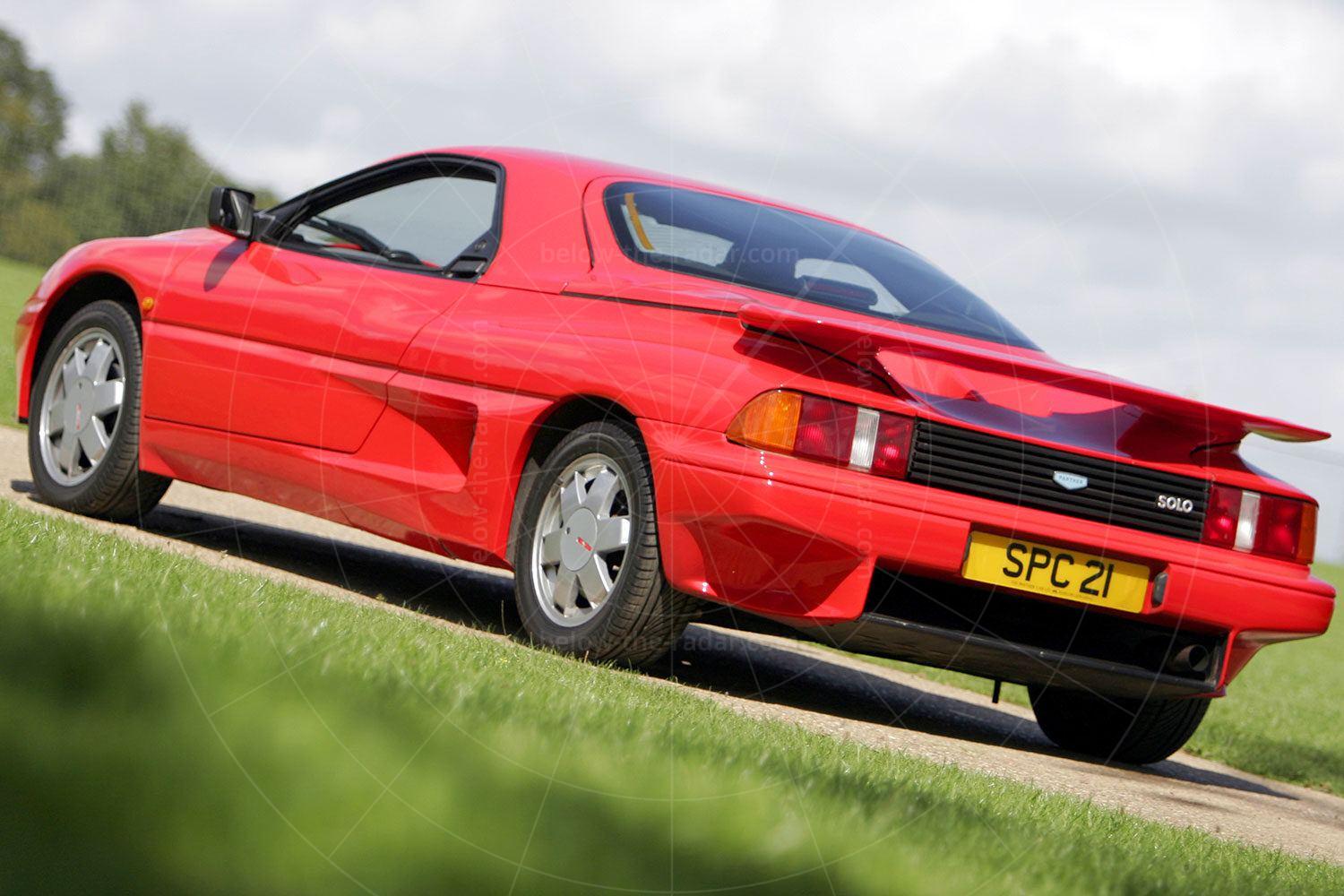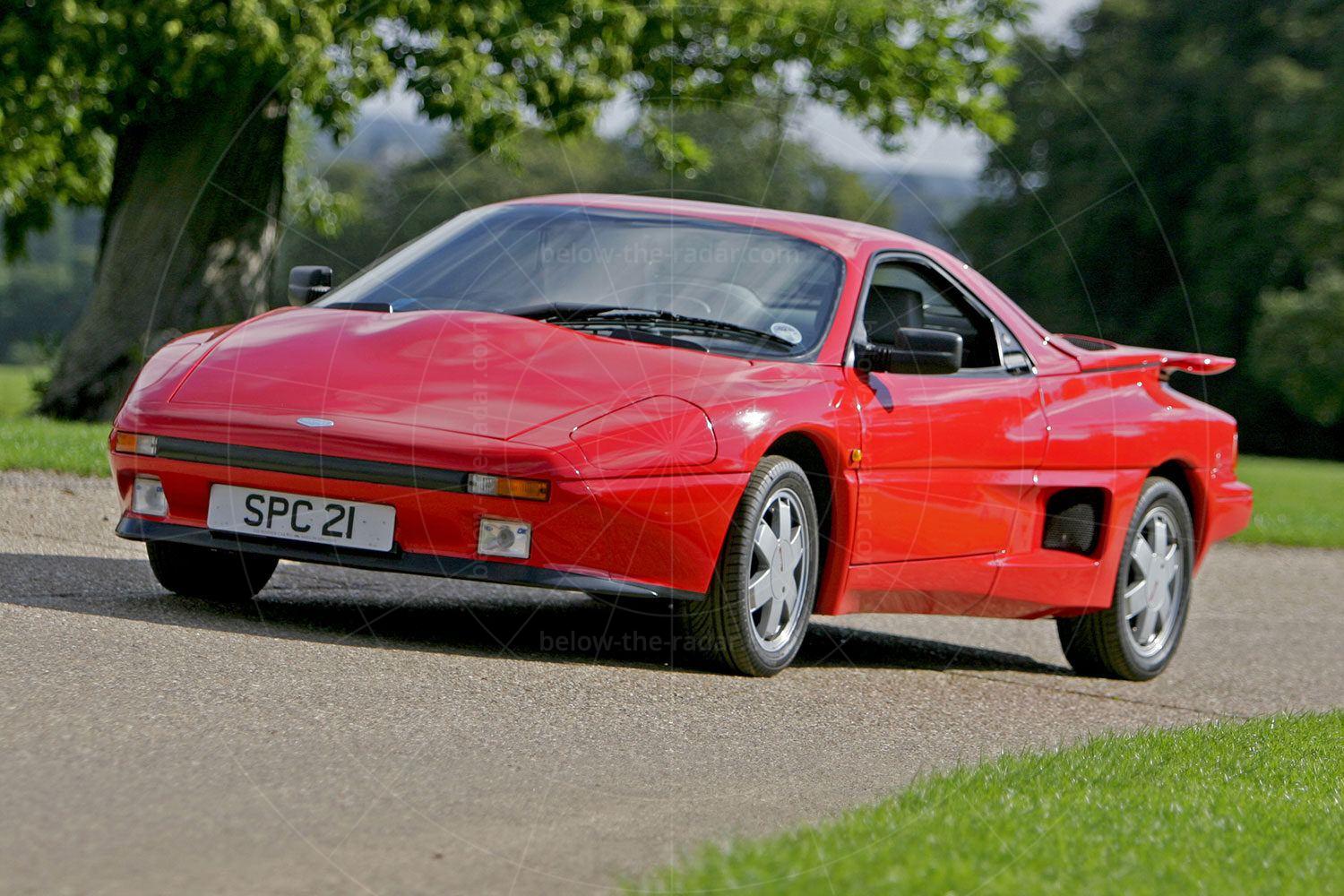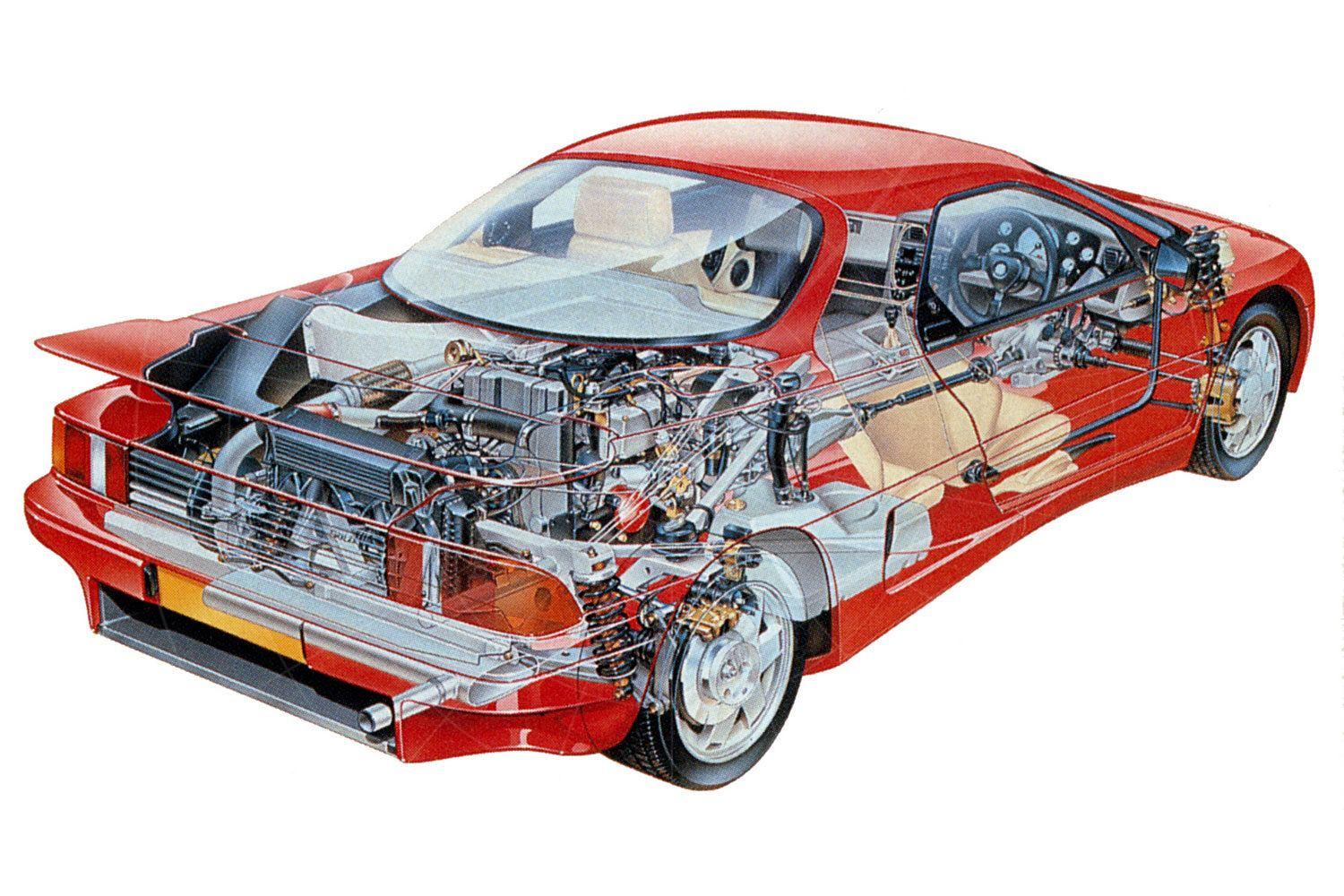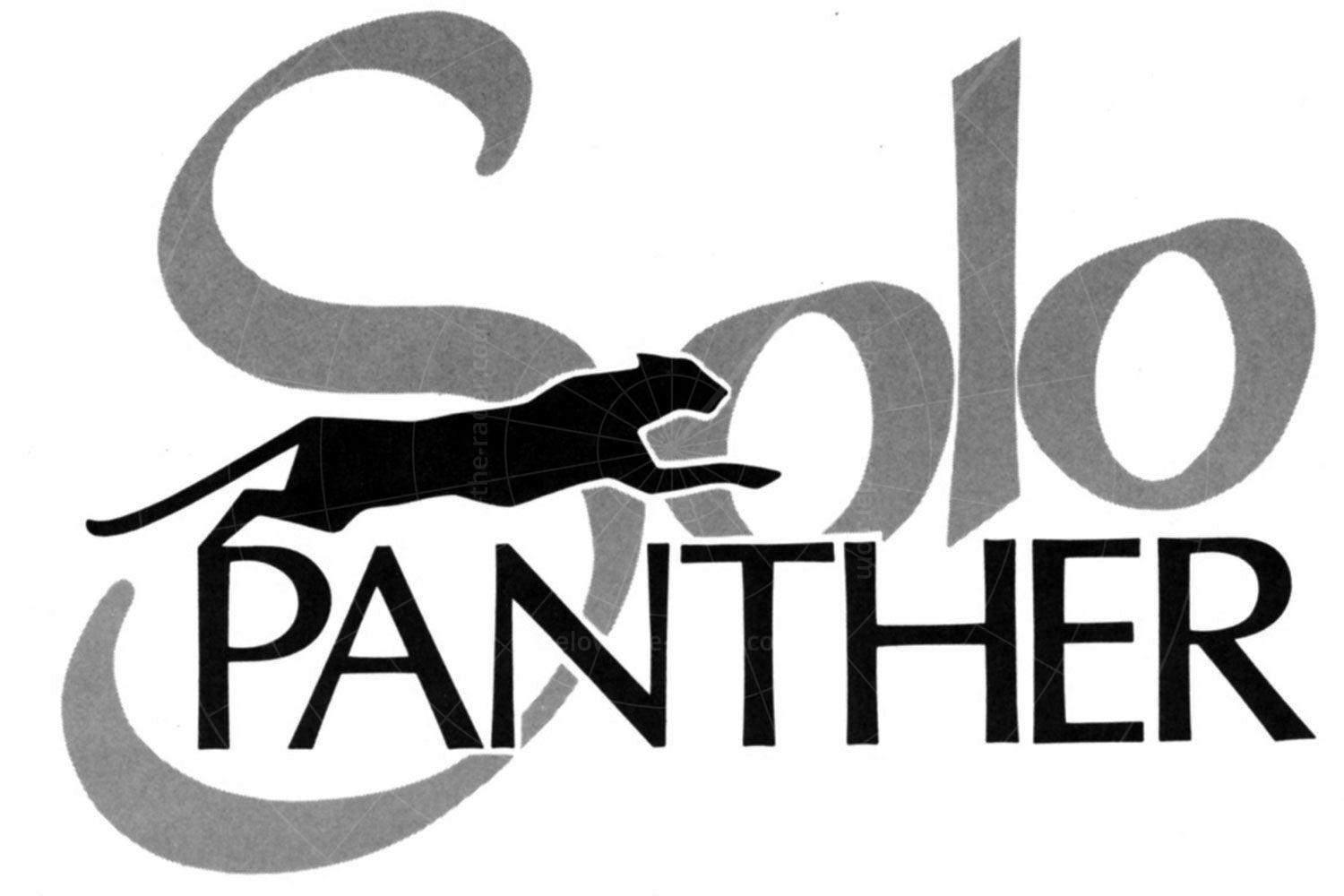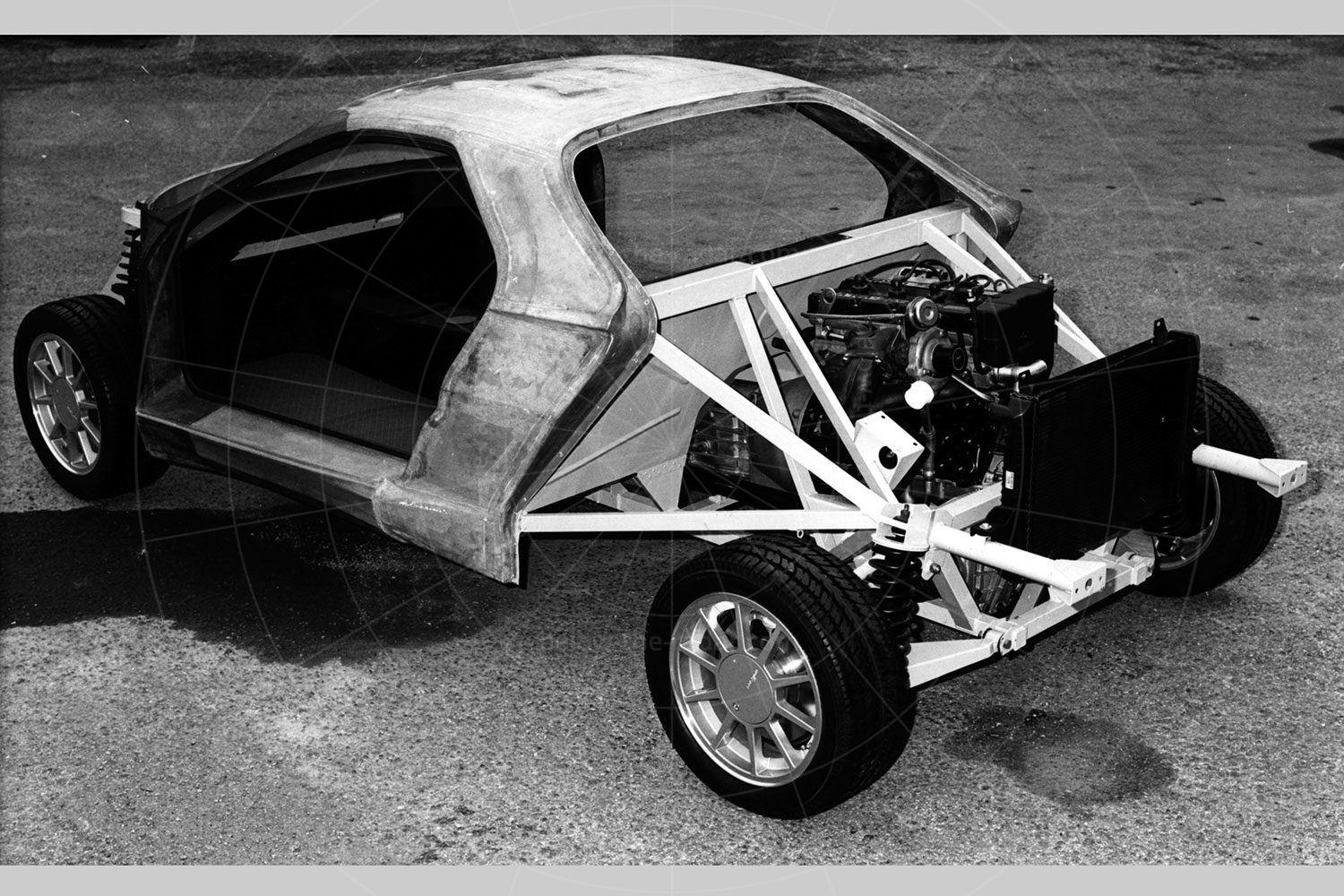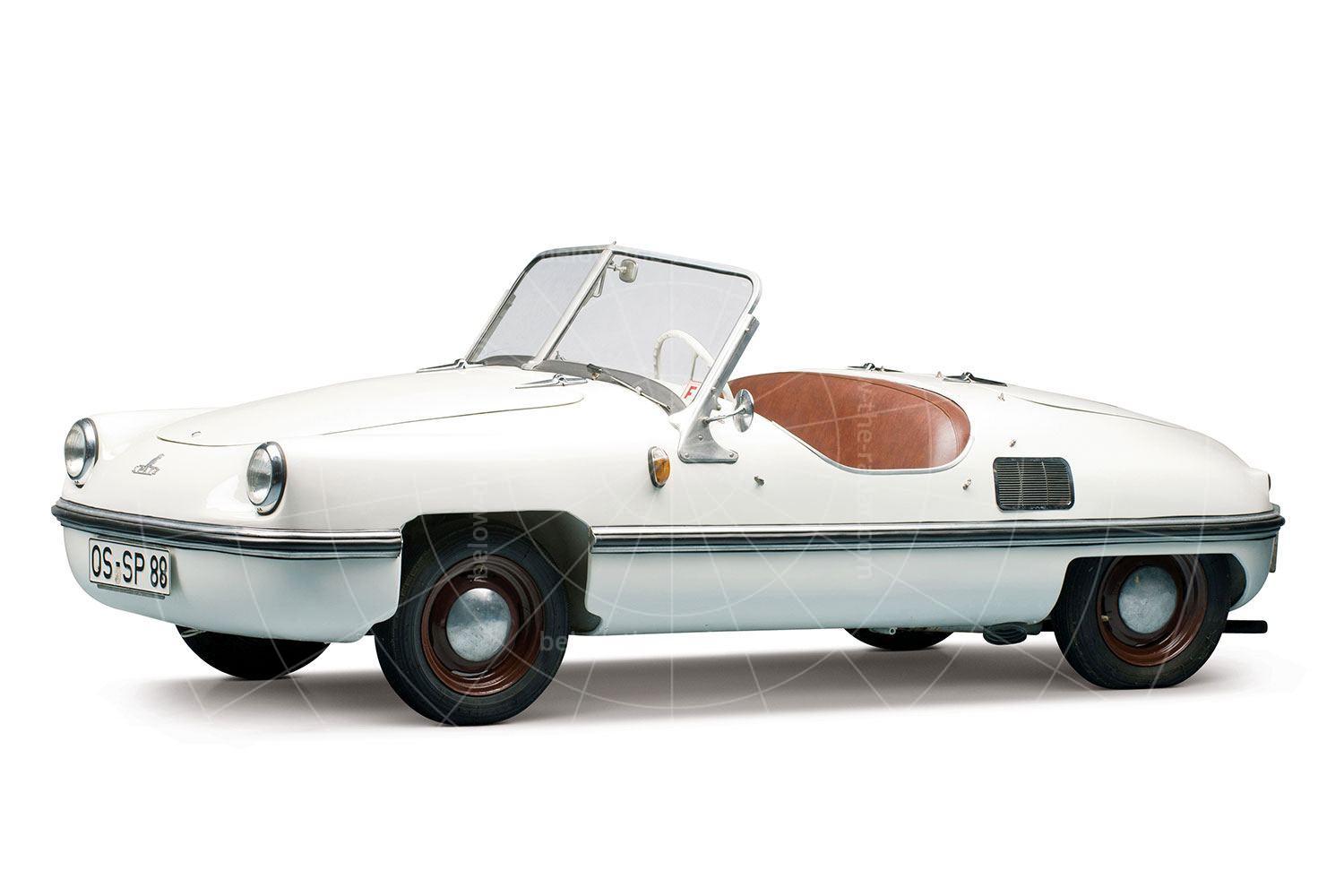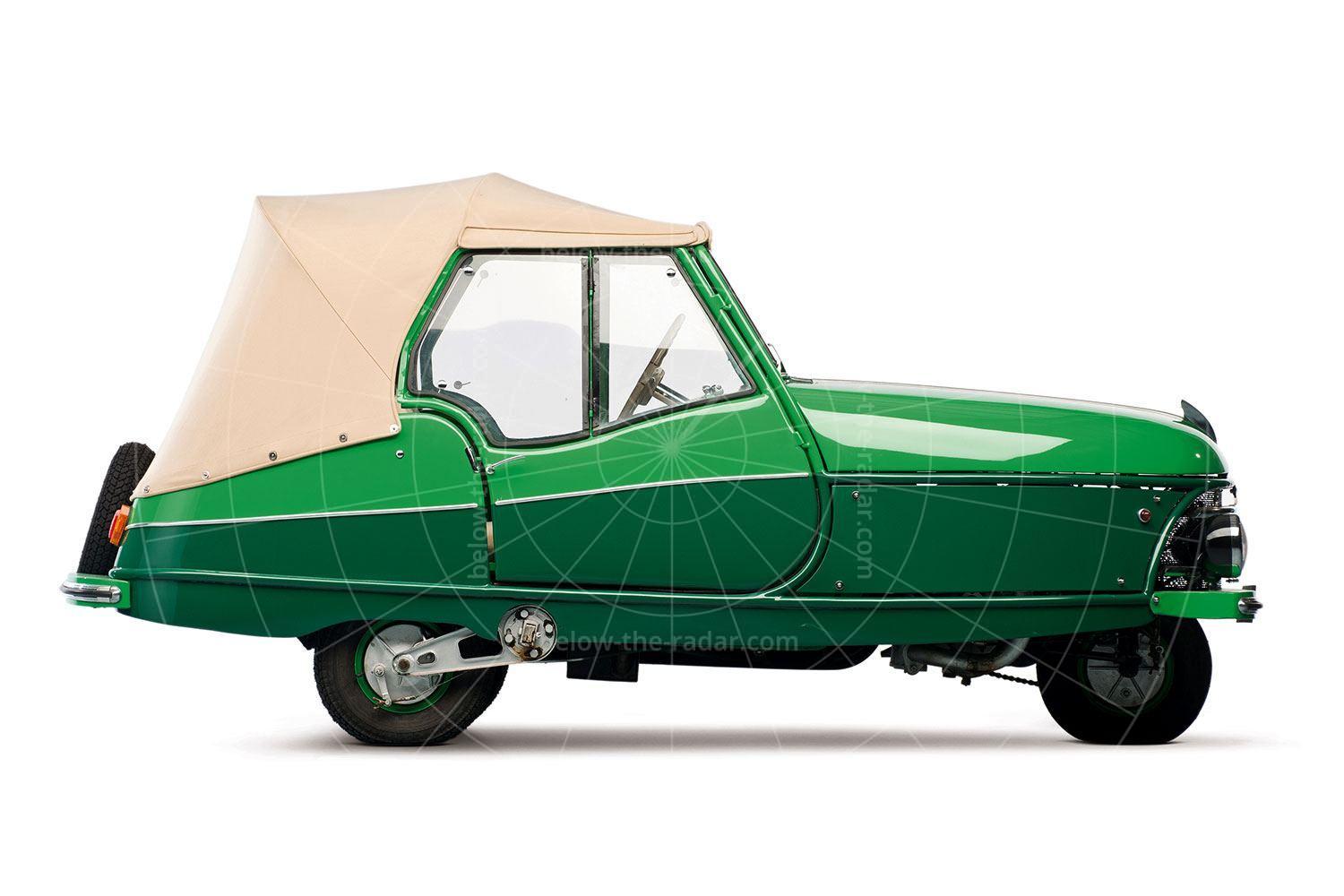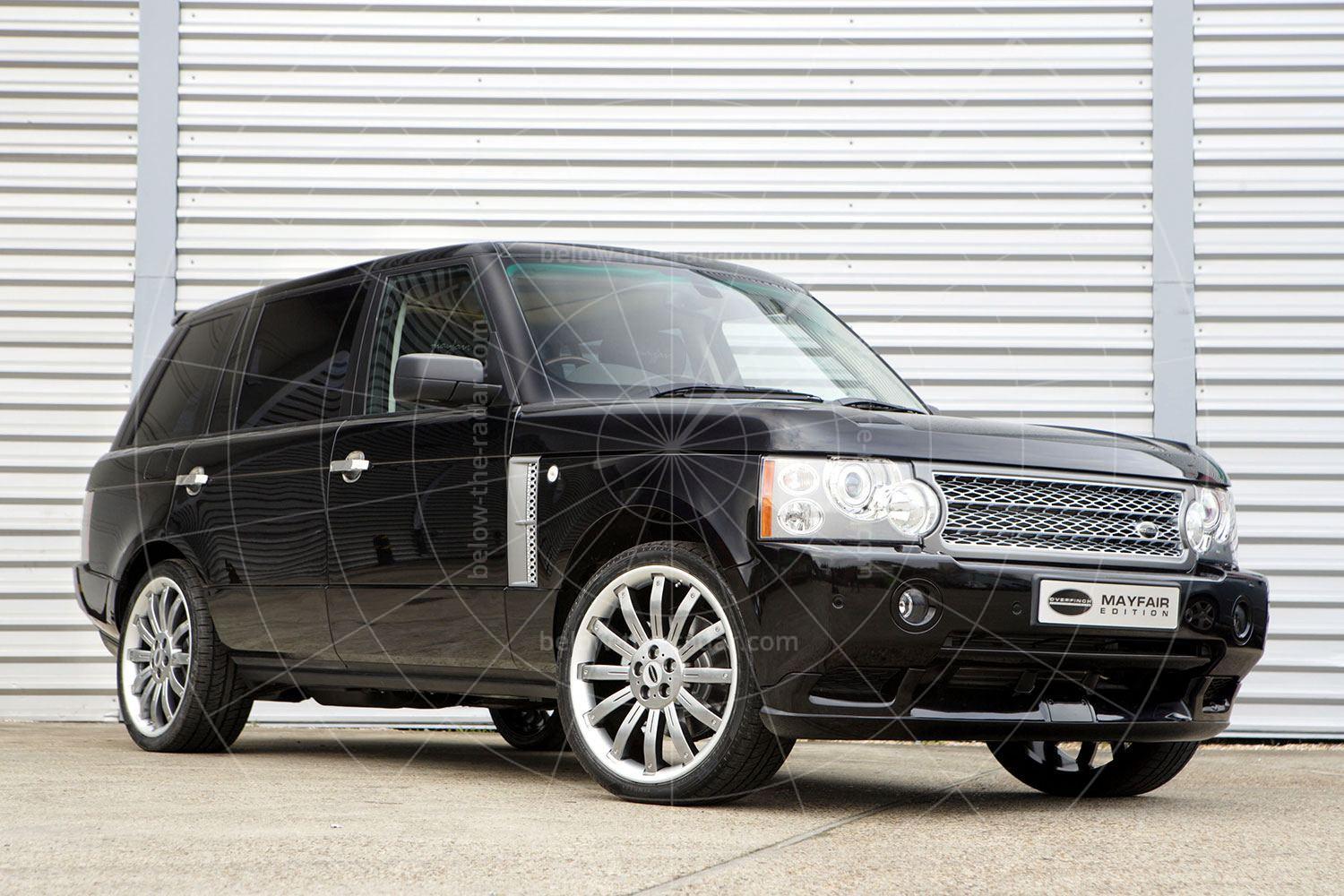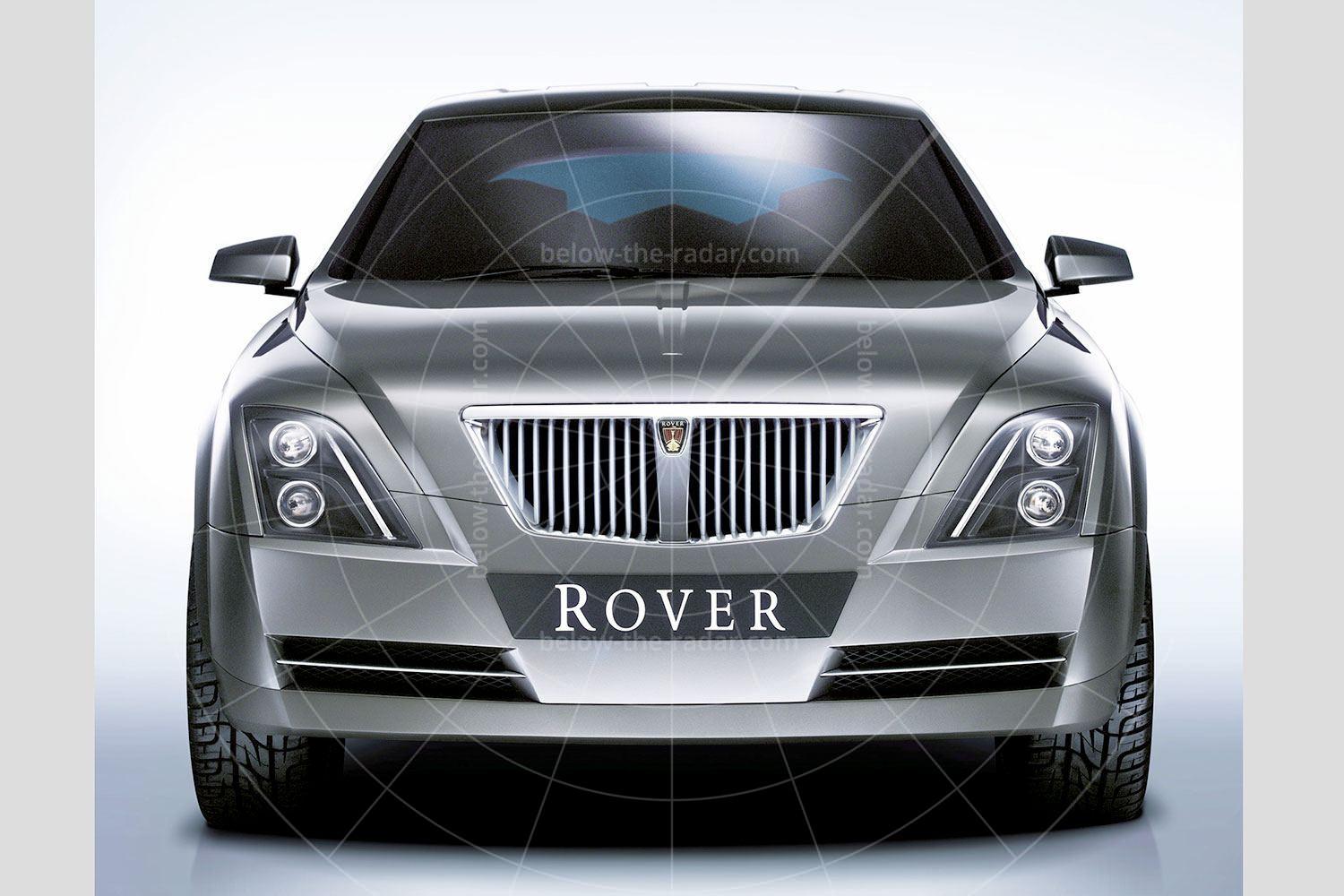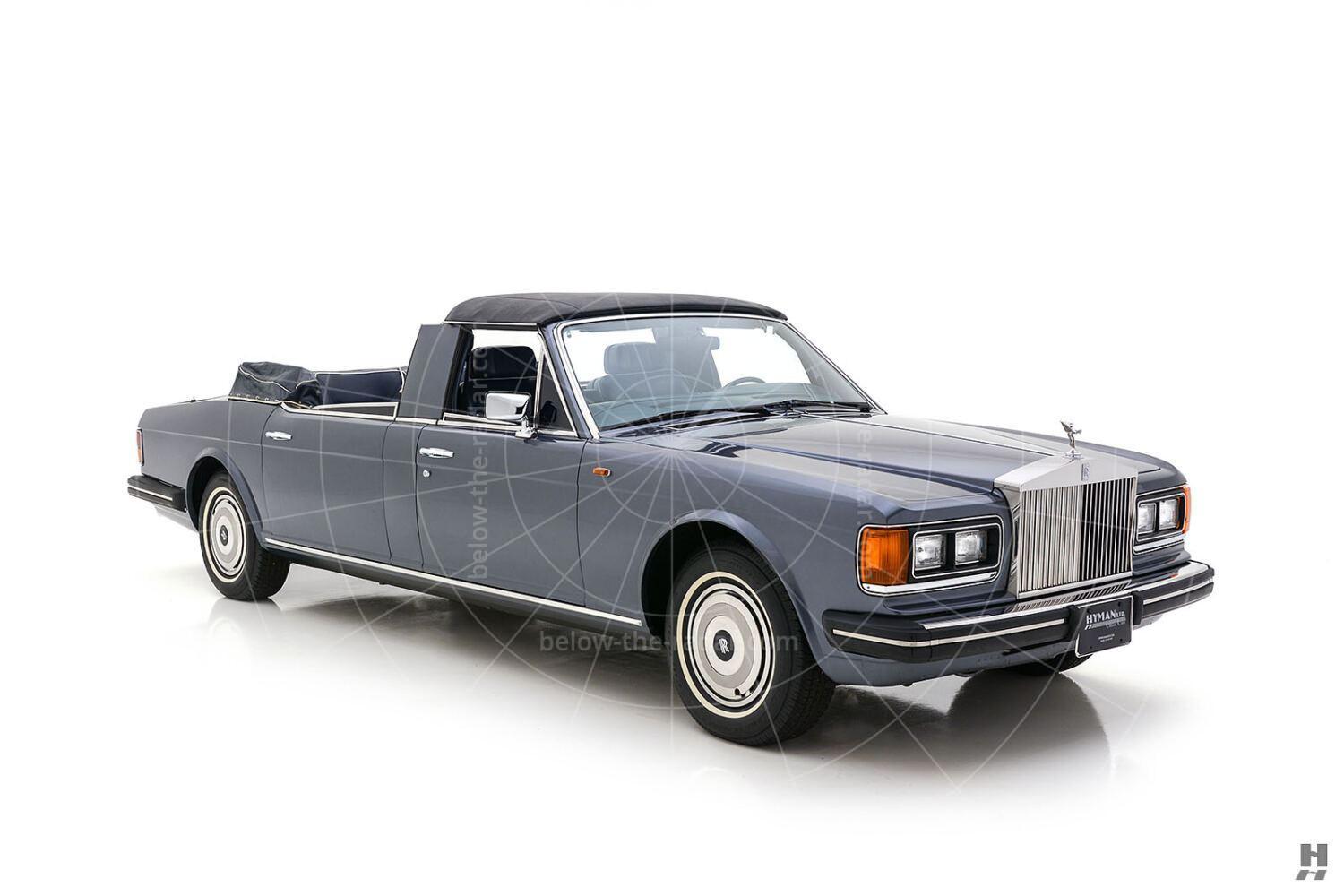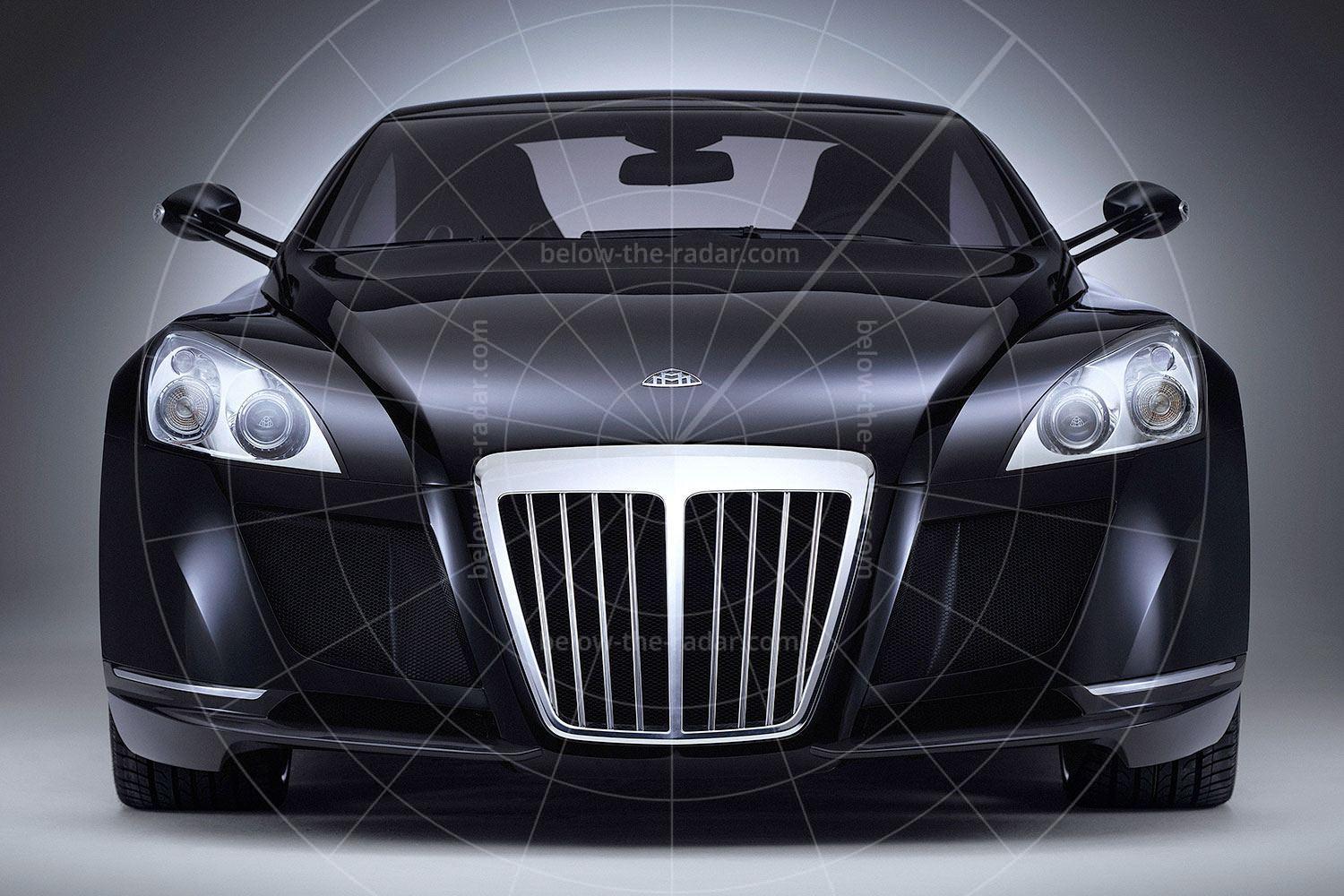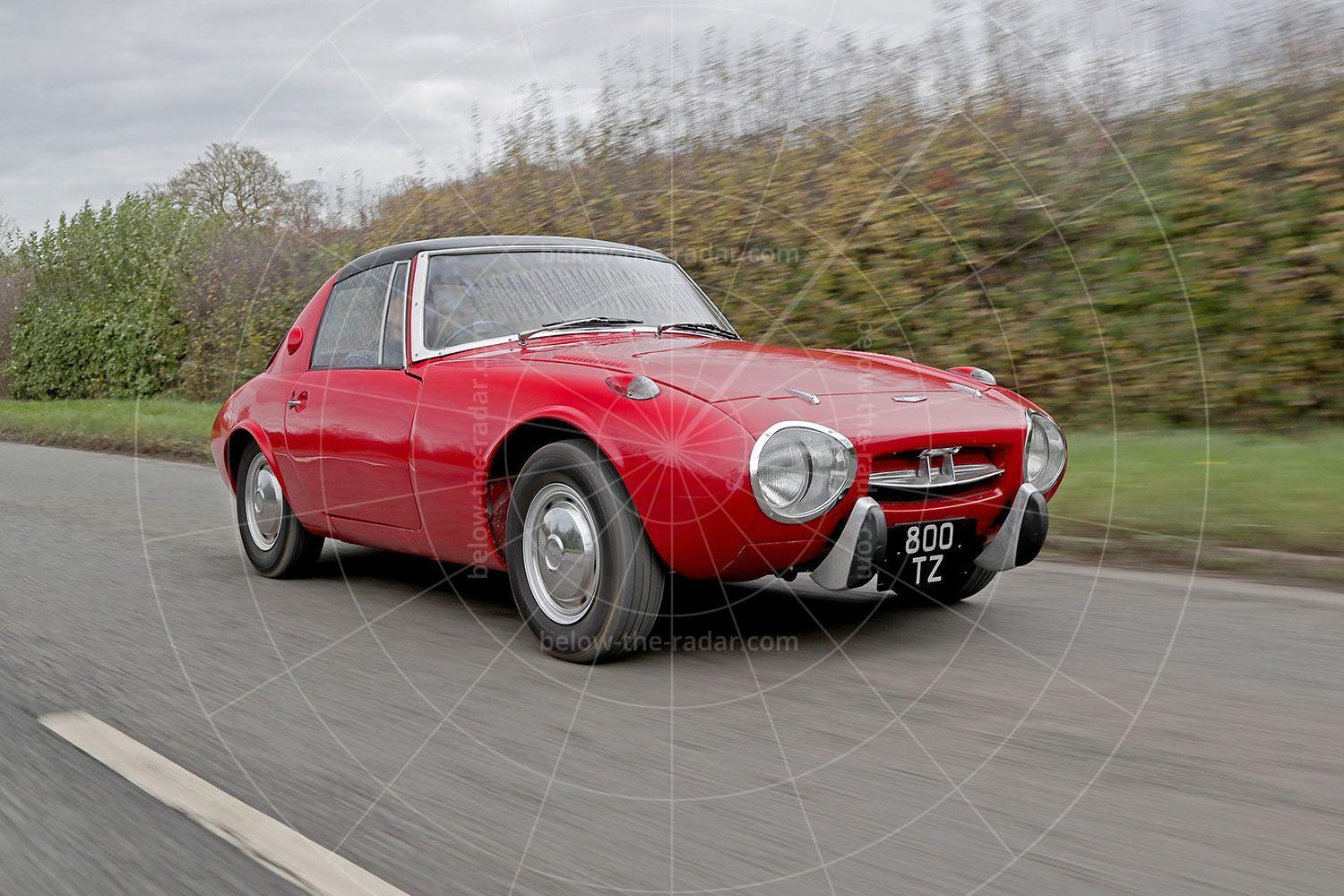The Panther Solo 1 project had got under way in 1982, and when Toyota launched the MR2 just two years later it killed off any prospects of success that the British-built sports car might have had. With the Toyota MR2 not going away, Panther's owner Young Chull Kim decided that the only way forward was to take the Solo upmarket. Senior managers at Ford had seen the Panther Solo 1 and were impressed by how well executed it was, so they offered Kim the opportunity to buy their Sierra Cosworth 2.0-litre turbocharged four-cylinder engine on an exclusive basis for what would become the Panther Solo 2.
Kim chose to take up Ford on its offer, opting to make Solo 2 more powerful and bigger; the wheelbase was stretched by four inches for a 2+2 configuration. There would also be the added complexity (and weight) of four-wheel drive to make this the world's first mid-engined car with power going to each corner. However, while the original Solo had featured a targa roof this feature would be ditched for the Solo 2. The pop-up headlights were swapped for rotating items, the interior was new – in fact there was little to link the Solo 1 with the Solo 2, other than that both were designed by Ken Greenley.
The chassis was also quite different because the Solo 1 featured an Escort engine and gearbox while it's successor had a Sierra powerplant that was mated to a Borg Warner T5 gearbox with a Panther-designed transfer box. Also, while the original car had Cortina-derived (but Panther-modified) double-wishbone front suspension with Escort-sourced MacPherson struts at the back, for the Solo 2 this arrangement was the other way round with the struts up front and the wishbones at the back.
Through Ford, Panther started talking to Rod Mansfield who had previously run Ford's Special Vehicle Operations. He had recently set up a company called Raymar to handle projects for Ford, but he was happy to look after engineering the Solo 2's transmission, development of which progressed smoothly through 1986.
Up to this point the Solo 2 project was going well, but then racing car builder March Engineering heard about it and things took a turn for the worse. March had a subsidiary called Comtec which was leading the field in composite expertise, and Panther was persuaded to make the Solo 2 something really special by investing heavily in a cutting-edge construction for its new sports car. Indeed, the intention was to make the Solo 2 the most structurally sophisticated road car in the world.
At one point Panther considered developing a composite chassis for the Solo 2 but this would have been far too costly and would have required a lot of time, so things were dialled back a bit. However, while there was some steel in the Solo 2's monocoque, the centre section was an aluminium honeycomb sandwiched between two epoxy resin skins which were reinforced with glassfibre cloth. At points of high stress the fibres were unidirectional; carbonfibre was used for the upper door frames. All of the bodywork was made of strengthened Kevlar/carbon composite.
It all sounded very impressive, but this high-tech approach turned into a nightmare because such construction methods were in their infancy. If the panels weren't properly cured they would warp, sometimes leading to panel fit being out by two or three inches, while getting the paint to adhere properly to these high-tech materials was also an ongoing problem. It was for these reasons that although the Solo 2 made its debut at the 1987 Frankfurt motor show, no customer cars would be built until 1990.
Panther had shot itself in the foot by revealing the Solo 2 prototype so soon. That first prototype had only just been finished and the car was being put under the global spotlight as though it was at the end of its development period rather than the start. At this point Panther was talking about making up to 600 Solo 2s per year and a waiting list quickly built up. But as one deadline after another was missed, most of these orders would be cancelled well before any customer cars were ready to be delivered.
Another key problem raised its head in late 1987, when Kim was forced to sell 80% of his company to Korean company Dong-A-Motor (a subsidiary of Ssangyong), after his family raised concerns about how much money he was spending on the Solo 2 project. One of the first things that the new owner did was to move Panther to smaller, cheaper premises which were completely unsuitable for manufacturing the Solo 2. Even worse, the new premises in Harlow, Essex, were too far away for many of the staff to commute to; they were based near to the old Brooklands premises and didn't want to move. As a result many left the company so much of the expertise and continuity were lost just when these were needed the most.
Another problem was that of the staff who did stay, many felt increasingly alienated from the project because Dong-A-Motor chose to put many of its own engineers into Panther. They'd arrived rather late in the day to really get what Solo 2 was all about, and even worse, Dong-A-Motor had notions of making the Solo 2 in far greater numbers than Panther had previously envisaged, making it much less exclusive despite its high-tech specification. Such expectations were completely unrealistic as the market simply wasn't there to sell hundreds of Solo 2s each year.
Things were so chaotic by mid-1988 that Ken Greenley was brought back in to co-ordinate everything, in an effort to get it all back on track. He slimmed everything down and through effective communication he got everyone working together very effectively – but there was still a lot of work to do.
Later that year the Type Approval process began; by July 1989 this hurdle had been overcome and at last Panther could start to deliver Solo 2s to eager customers. However, the price had risen from £28,000 (when unveiled at the 1987 Frankfurt motor show) to £39,850, and that made it much more costly than a raft of more mainstream options that were known quantities, with dealer support. And whatever the Solo's abilities, it was still powered by a four-cylinder Ford engine which wasn’t nearly smooth enough for such an expensive car; what was really needed was a V6 or V8 engine to compete with its key rivals.
The four-wheel drive transmission ensured the Solo's power was transmitted faithfully to the road, but the gearchange for the five-speed gearbox was unacceptably notchy; shifting ratios in a hurry was pretty much impossible some of the time. When I drove a Panther Solo 2 in 2003 I wasn't impressed by the fit and finish, or the driving experience. At the time I wrote:
As soon as you get into the Solo 2 you can see why the project went belly up; the fit and finish of the interior is poor, just like some of the exterior. With Ford bits all over the place it’s little better than a kit car in many respects, and although there are 204 horses behind you, the car’s weight hides the fact very well. Although it’s not lethargic, there’s no rush as the turbo cuts in and when you think that for less money it was possible to purchase a Lotus Esprit or Jaguar XJ-S, it was no surprise that most buyers shunned the Solo.
Between the 1987 Frankfurt motor show and the 1989 Motorfair (London motor show), Panther had taken deposits of either £500 or £1000 on 125 cars with 26 especially keen buyers showing their faith by putting down £5000 to secure a Solo 2. But that faith didn't remain and by summer 1990 all of those buyers had asked for their money back, apart from just 13. As a result just 13 Solo 2s were built and they were delivered between mid-1990 and early 1991 before an end was called to production.
That's not quite the end of the Solo story though, because once Ssangyong had closed down Panther's Harlow factory, a Solo 3 prototype was shipped to Korea, fitted with a 3.9-litre Rover V8 that drove the rear wheels only. There was a second development car fitted with a twin-turbo Ford 2.0-litre engine and this along with the V8 model was under consideration as a simpler, more cheaply made alternative to the Solo 2. But the Solo 3 project came to nothing.
| Vital statistics | |
|---|---|
| Produced | 1989-1991, England |
| Number built | 13 |
| Engine | Mid-mounted, 1993cc, turbocharged 4-cylinder |
| Transmission | 5-speed manual, four-wheel drive |
| Power | 204bhp at 6000rpm |
| Torque | 198lb ft at 4500rpm |
| Top speed | 142mph |
| 0-60 | 7.0 seconds |
| Price | £39,850 |

